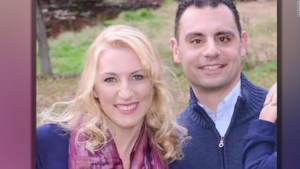
Carol Jenkins was 21 and on the first day on the job selling encyclopedias when she made the mistake of agreeing to go to Martinsville, Indiana. She didn’t make it out of town alive.
That was 1968, and her racially motivated murder is still considered partially unsolved in a town that seems more concerned about defending itself against charges of racism that finding justice for a young woman who was brutally killed in cold blood on the sidewalk of a main street.
Join us for Episode 35, which also includes a rollicking discussion of the movie “It.”
Podcast: Play in new window | Download (Duration: 1:32:07 — 42.2MB)
Subscribe: Apple Podcasts | Spotify | Android | Blubrry | RSS | More



























You must be logged in to post a comment.